When the joints hurt, a person experiences discomfort and tries to get rid of the discomfort as soon as possible by taking drugs to eliminate them. However, pain can act as a harbinger of a serious illness, signaling its onset. It is recommended to consult a doctor in time to avoid consequences that can lead to delayed and only symptomatic treatment.
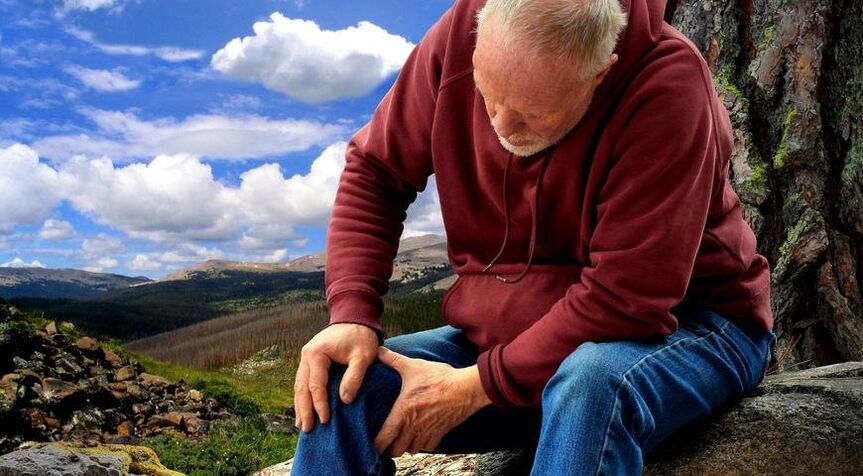
Causes and symptoms
All diseases of the musculoskeletal system are associated with painful symptoms of a different nature. Pain is a sign that a destructive pathological process is taking place in the body. Only a clinical examination can accurately diagnose the cause. It is necessary to go to the hospital if the pain in the joints is similar to back pain and the movement of the limbs is difficult. Medical assistance is needed for bumps, sprains, dislocations, fractures and other injuries. When all joints ache, there is a suspicion of polyarthritis. If the patient experiences one type of pain, then another, the cause could be a complex injury to the motor system, including ligaments and muscles, as well as disorders of the central nervous system. The cause of inflammation of the joint nodes is an infection that has entered the body (ARVI, flu), hypothermia. The most commonly diagnosed pain patients are:
- arthritis, arthrosis and coxarthrosis;
- rheumatoid diseases;
- bursitis and tendonitis;
- osteomyelitis, osteoporosis;
- bone tuberculosis;
- damage to the vascular system and central nervous system;
- osteochondrosis;
- oncological diseases.
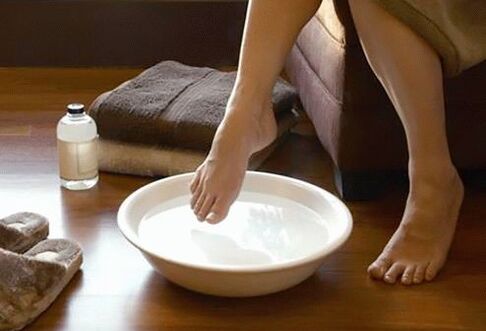
If the joints hurt in the evening after a hard day at work, you can relieve the discomfort with the help of soothing medicinal ointments or folk remedies. Fatigue does not mean disease. It is also necessary to exclude the stress factor and nervous tension. When deciding to go to the hospital, attention should be paid to symptoms associated with pain, such as:
- swelling of the tissues;
- change in skin color;
- stiffness of movements;
- raise the temperature to subfebrile and beyond;
- aching sensations in the bones before sudden weather changes;
- creaking when moving.
Types of pain
Often it seems to the patient that the joints themselves hurt, although the discomfort may be the echo of other ailments. And, conversely, joint back pain can be misinterpreted as symptoms of other diseases. Initial pain in the hip joint is often given in the abdomen, and in women it can be perceived as signs of an approaching menstruation. Cardiac colic on the left side of the chest can cause painful numbness in the arm from the shoulder to the elbow. Phantom pains can radiate to the cervical region and shoulder girdle after the removal of a wisdom tooth. However, there is a category of exclusively joint pains, which are divided into the following types:
- joint stiffness in the morning and evening;
- sharp, radiating, or aching pain;
- migratory pains in the body;
- feeling as if the joint is "sore";
- short-term pain.
What is dangerous?
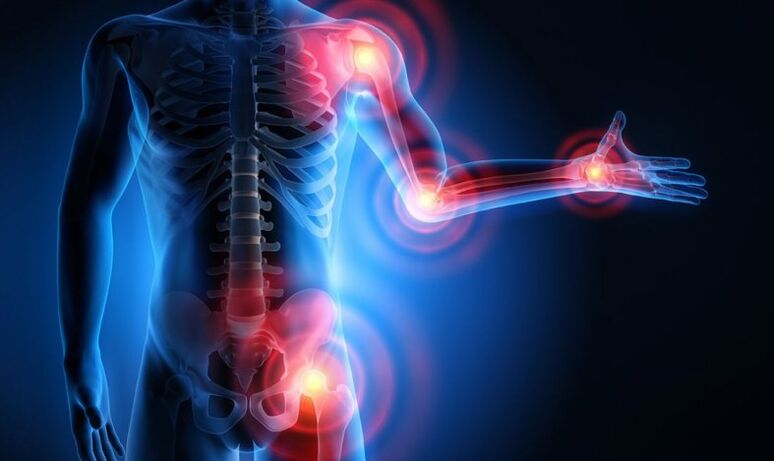
Acute pain in all large joint nodes is a sure sign of a severe inflammatory, infectious and degenerative process that can lead to limitation of motor function and disability. If terrible, terrible pain in the joints radiates to the leg or arm, this can mean complete destruction of the node and the need for prosthetic surgery. Ignoring mild pain leads to aggravation of harmful processes and leads to complications up to oncology. The inflammation moves from node to node, affecting all large joints. Only timely seeking medical help will help prevent dystrophic and inflammatory processes that destroy the joints and spine and thereby prevent a dangerous disease.
First aid
When the joints ache and it hurts to walk, it is necessary to immediately take measures to eliminate the discomfort. Until the cause is clarified, one should limit oneself to symptomatic therapy aimed at eliminating or alleviating the syndrome. First of all, it is necessary to provide rest to the diseased limb and, if possible, to remove part of the load using a support bandage. With muscle spasms and convulsions, muscle relaxants are taken, joint pains are eliminated by analgesics. The blocks will help quickly relieve pain in the knee and leg joints.
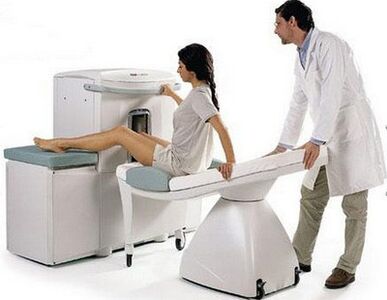
Examination and diagnostic methods
Joint diseases, as well as other ailments that cause pain, can be determined by a comprehensive examination, consisting of an external therapeutic examination, laboratory tests and hardware diagnostics. First of all, the doctor examines the diseased area for the presence of manifestations of the inflammatory and infectious process in the joints and adjacent tissues: there is swelling, a rash on the body, there is pain on palpation, there is itching, what color the skin is. The following are instrumental methods:
- radiography;
- magnetic resonance;
- ultrasound;
- arthroscopy.
Clinical tests are needed when an inflammatory or infectious process is suspected to establish its causative agent. Samples of synovial fluid are also taken in case of confirmation of degenerative processes in the joint bag. It is sometimes recommended that additional allergy and autoimmune tests be performed to identify individual reactions and hereditary susceptibility to disease.

What to do and how to treat?
Pain in many joints throughout the body is a marker that indicates the presence of an injury (possibly chronic or hidden) or disease that has entered a progressive stage. First of all, you need to understand what hurts and remove the symptom situationally. Feeling the increase in pain, you should immediately contact the clinic, where the patient will go for a study, and then receive treatment recommendations.
The basis of therapy is always a course of drugs, at the same time as physiotherapy is performed. Other methods are acceptable as adjuncts and cannot replace pharmaceutical and hardware processing.
Medical preparations
Diseased joints are often treated with conservative drug therapy, including NSAIDs, pain relievers, pharmaceuticals, chondroprotectors, less often antibiotics, and drugs to improve blood circulation. Each case requires a separate selection of therapy. Patients are prescribed pills, injections and droppers.
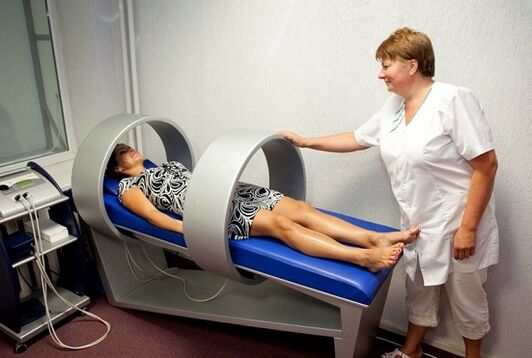
Physiotherapy treatment
Joint pain is effectively neutralized with hardware methods. The most popular are electromagnetic procedures. The standard course consists of 10 sessions. It is necessary to be treated in the clinic. In addition to the hardware treatment, mud and balneology are attributed, particularly good radon baths, paraffin with ozokerite and healing mineral muds. For therapy, once a year it is necessary to undergo sanatorium treatment.
Surgical methods
When a joint cannot be cured, it becomes necessary to replace it with a prosthesis. To eliminate severe pain in the joints of the legs, doctors must first remove the severely destroyed joint cartilage, and then insert an artificial one. The prostheses can be partial or complete, depending on the degree of wear of the bone heads and cartilage, the presence of osteophytes.
Exercise and massage
Therapeutic exercise will help strengthen the muscle corset. Pilates and yoga will make the body more flexible, the joints will receive greater mobility, which will help prevent the development of osteophytes and fluid retention, the formation of salt and calcium deposits.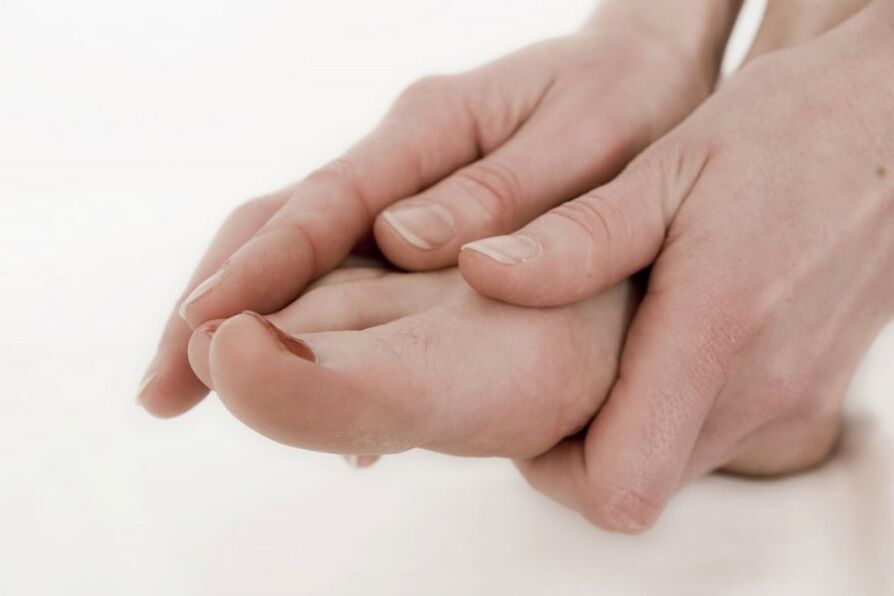 Strength, endurance and flexibility exercises are performed in turn, without sudden movements. The optimal course is chosen by the coach. In the morning and evening at home, it is recommended to perform a light complex of tilts and turns to stretch the joints and muscles, especially when sitting for a long time.
Strength, endurance and flexibility exercises are performed in turn, without sudden movements. The optimal course is chosen by the coach. In the morning and evening at home, it is recommended to perform a light complex of tilts and turns to stretch the joints and muscles, especially when sitting for a long time.
When the feet are seriously ill after a long walk, the massage in combination with warm herbal baths will help relieve the discomfort. Performing massage and acupuncture is allowed at home, without visiting the clinic, but on the condition that the procedures are carried out by an experienced doctor, otherwise unsightly marks may remain on the skin.
Folk recipes
On the one hand, the effectiveness of non-traditional methods has not been clinically proven, but on the other hand, many patients successfully relieve pain with the help of natural home remedies that they produce themselves. If the joints hurt, they are smeared with a honey cream with the addition of hot pepper and bee venom. Swelling that occurs with joint disease is removed by rubbing with alcohol and compresses based on dandelion and horse chestnut inflorescences. Cold pressed olive oil has an analgesic effect. When practicing traditional medicine, remember that many ingredients can cause allergies and skin damage. Treatment with folk methods is acceptable as a symptomatic therapy, but not as a main therapeutic course.
Preventive measures
In spring and winter, a lack of vitamins leads to weakened nutrition of the joints, making them vulnerable to inflammatory processes. It is necessary to regularly take vitamin complexes. For the prevention of joints, you can drink food supplements with a chondroprotective effect. Once a month it is recommended to visit a massage parlor to maintain muscle tone, passing a mini-session of 5 procedures. After an injury, it is mandatory to wear a bandage, use a cane. If the pain has begun to recur after the course of treatment, it is best to consult a doctor without delay.
























